(If you're interested in being fitted from the comfort of your home for a pair of our bespoke shoes, explore our process and footwear collection at
bondenoshoes.com)
Bespoke shoemaking is an intricate craft that blends artistry, precision, and tradition. At its core lies the essential process of pattern making, a skill that transforms a vision into reality by shaping leather into the perfect fit and form of a custom shoe. This blog post delves into the meticulous art of pattern making in bespoke shoemaking, exploring its history, techniques, and significance in creating
bespoke footwear that is both functional and beautiful.
The Historical Roots of Pattern Making
Pattern making in shoemaking has a rich history that dates back centuries. The origins of bespoke shoemaking can be traced to ancient civilizations, where
artisans crafted footwear by hand to meet the specific needs of individuals. In medieval Europe, shoemakers, or
cordwainers, gained prominence as skilled craftsmen, producing shoes for royalty and nobility.
The craft evolved over time, with shoemakers developing techniques and
tools to create precise patterns. The
Industrial Revolution brought significant changes, introducing machinery that could mass-produce shoes. However, the tradition of
bespoke shoemaking persisted, preserving the art of pattern making as a hallmark of quality and individuality.
The Pattern Making Process
The pattern making process in bespoke shoemaking involves several key steps, each requiring meticulous attention to detail and a deep understanding of both design and construction.
Step 1: Measuring the Foot
The journey of creating a bespoke shoe begins with measuring the client’s foot. This step is critical, as precise measurements ensure a perfect fit. Various measurements are obtained, including the length, width, and circumference of different parts of the foot. These measurements are used to create a custom last that mirrors the client’s foot shape.
Step 2: Creating the Last
The last is the foundation of the shoe, determining its shape and fit. In bespoke shoemaking, the last is often handcrafted from wood or crafted using modern 3D printing techniques based on the client’s measurements. The last serves as a model around which the shoe is constructed, and its accuracy is paramount to the success of the final product.
Step 3: Drafting the Initial Pattern
With the last prepared, the pattern maker begins drafting the initial pattern. This involves drawing the basic shapes of the shoe’s components, such as the upper, vamp, quarters, and heel counter, onto pattern paper. The pattern maker must account for the three-dimensional contours of the last while drafting these flat shapes.
Step 4: Adjusting for Fit and Style
The initial pattern is then adjusted to ensure a proper fit and to incorporate the desired style elements. This step often involves multiple iterations and fittings, as the pattern maker refines the shapes to achieve the perfect balance between aesthetics and comfort. The client may be involved in this stage, providing feedback on fit and design preferences.
Step 5: Cutting the Leather
Once the pattern is finalized, it is used as a template to cut the leather pieces for the shoe. The pattern maker selects
high-quality leather, paying attention to factors such as grain, texture, and durability. Each piece is carefully cut, ensuring clean edges and precise dimensions.
Step 6: Assembling the Shoe
With the leather pieces cut, the shoemaker begins assembling the shoe. This involves stitching the pieces together, often by hand, to create the upper part of the shoe. The upper is then attached to the last, and the shoe is constructed through a series of steps that may include lasting,
welt stitching, and sole attachment. Throughout this process, the pattern maker’s initial work guides each step, ensuring the shoe retains its intended shape and fit.
The Significance of Pattern Making in Bespoke Shoemaking
Pattern making is more than just a technical skill; it is an art form that embodies the essence of bespoke shoemaking. The accuracy and craftsmanship involved in pattern making directly impact the quality, fit, and aesthetics of the final shoe. Here are some key aspects that highlight the significance of pattern making:
Achieving a Perfect Fit
One of the primary goals of bespoke shoemaking is to create shoes that fit the client’s feet perfectly. Pattern making plays a crucial role in achieving this goal. By precisely measuring the foot and creating custom lasts and patterns, the shoemaker can ensure that the shoe conforms to the client’s foot shape, providing unmatched comfort and support.
Enhancing Aesthetics
The design and style of a bespoke shoe are deeply influenced by the pattern. Pattern makers must balance functional requirements with aesthetic considerations, ensuring that the shoe not only fits well but also looks elegant and stylish. From classic oxfords to contemporary brogues, the artistry of pattern making allows for a wide range of designs that reflect the client’s personality and preferences.
Preserving Craftsmanship
In an era dominated by mass-produced footwear, bespoke shoemaking stands as a testament to traditional craftsmanship. Pattern making is a skill passed down through generations, preserving techniques and knowledge that have been refined over centuries. Each pattern is a unique creation, reflecting the expertise and dedication of the pattern maker.
Customization and Personalization
Bespoke shoemaking offers unparalleled customization options, allowing clients to specify every detail of their shoes, from the type of leather to the color, stitching, and embellishments. Pattern making is at the heart of this customization process, enabling the shoemaker to translate the client’s vision into a tangible product. This level of personalization is impossible to achieve with mass-produced shoes.
Challenges and Innovations in Pattern Making
While pattern making is a time-honored craft, it is not without its challenges. Modern advancements in technology have introduced new tools and techniques that both enhance and complicate the process.
Balancing Tradition and Technology
The integration of technology in bespoke shoemaking has brought about a delicate balance between tradition and innovation. While traditional hand-drafting techniques remain invaluable, digital tools such as 3D modeling software and laser cutting machines have revolutionized pattern making. These technologies allow for greater precision and efficiency, enabling pattern makers to create complex designs and make rapid adjustments.
Addressing Variability
Every foot is unique, and even the same person’s feet can have slight differences. This variability poses a challenge for pattern makers, who must account for asymmetries and ensure that the shoe fits both feet comfortably. Advanced measurement techniques and adjustable lasts are some of the solutions employed to address this challenge.
Sustainability and Ethical Practices
The fashion industry, including shoemaking, is increasingly focusing on sustainability and ethical practices. Pattern makers are exploring ways to reduce waste and utilize eco-friendly materials without compromising on quality. Innovations such as upcycled leather and biodegradable adhesives are gaining traction, reflecting a commitment to responsible craftsmanship.
Learning the Art of Pattern Making
Becoming a skilled pattern maker requires a combination of education, apprenticeship, and hands-on experience. Many aspiring shoemakers enroll in specialized schools and programs that offer courses in pattern making and shoemaking. These programs cover essential topics such as anatomy, design, materials, and construction techniques.
Apprenticeships and Mentorship
Apprenticeships are a traditional and effective way to learn the craft of pattern making. Working under the guidance of experienced shoemakers allows apprentices to gain practical skills and insights that are not easily taught in a classroom setting. Mentorship is invaluable, providing a supportive environment where apprentices can hone their techniques and develop their own style.
Continuous Learning and Adaptation
The field of bespoke shoemaking is constantly evolving, with new trends, materials, and technologies emerging regularly. Pattern makers must stay informed and continuously adapt their skills to remain relevant. Attending workshops, participating in industry events, and engaging with a community of fellow artisans are ways to stay updated and inspired.
Celebrating the Craft
The art of pattern making in bespoke shoemaking is a celebration of human ingenuity, creativity, and
craftsmanship. It is a process that honors tradition while embracing innovation, resulting in footwear that is not only functional but also a work of art. Each pair of bespoke shoes tells a story of dedication, precision, and a deep appreciation for the craft.
As we conclude this exploration of pattern making, it is important to recognize the artisans who keep this tradition alive. Their passion and expertise ensure that bespoke shoemaking remains a vibrant and cherished craft, offering individuals the opportunity to experience the unparalleled comfort and elegance of custom-made shoes.
Conclusion
Pattern making is the heart and soul of bespoke shoemaking, transforming raw materials into exquisite, custom-fitted footwear. This intricate process, rooted in history and tradition, requires a blend of technical skill, artistic vision, and meticulous attention to detail. As technology continues to evolve, the craft of pattern making adapts, incorporating new tools and techniques while preserving its timeless essence. The result is a pair of shoes that not only fits perfectly but also embodies the artistry and craftsmanship of bespoke shoemaking.
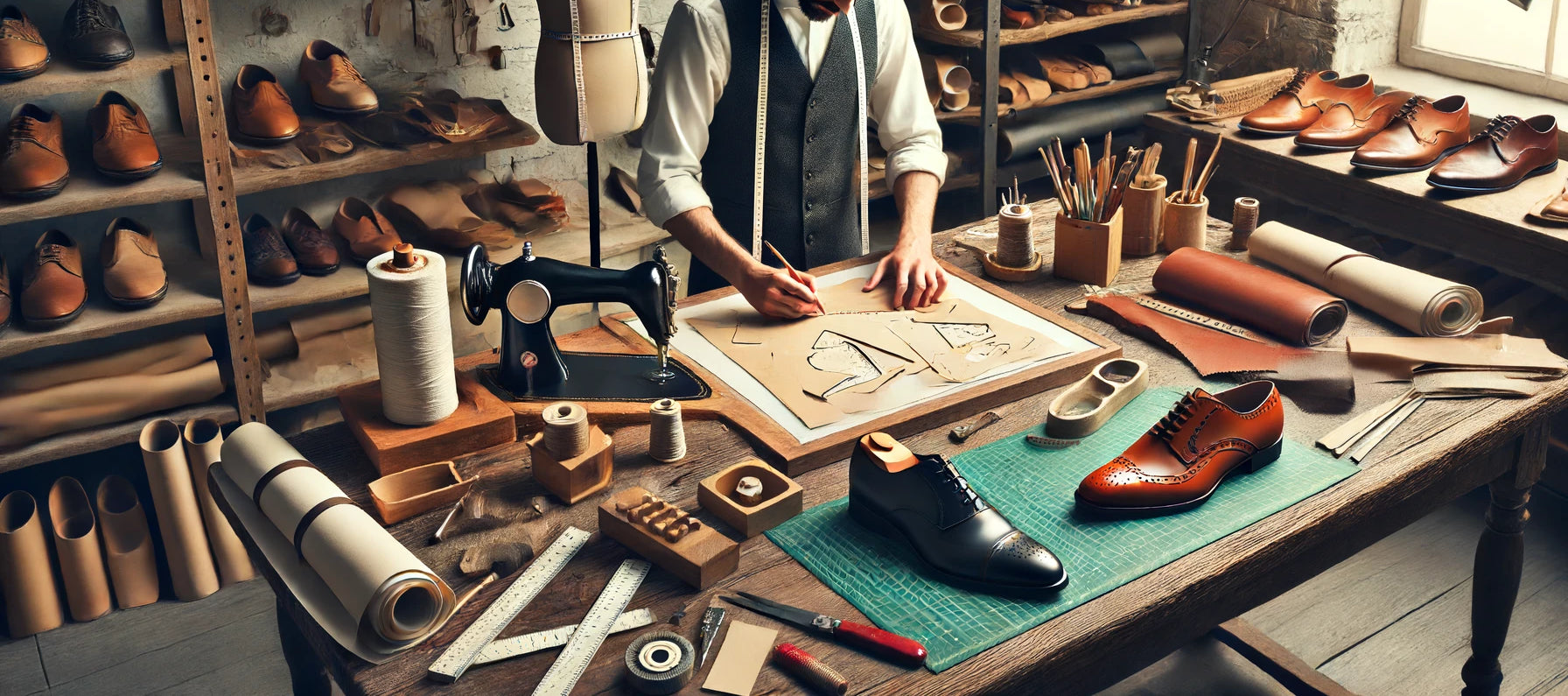

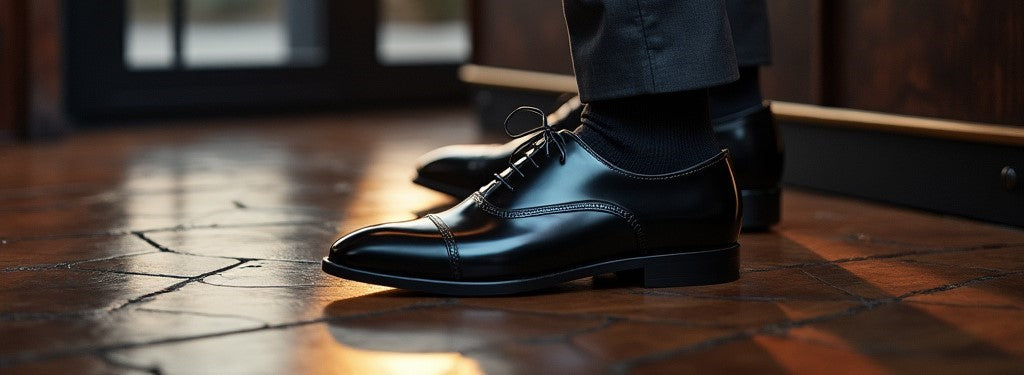
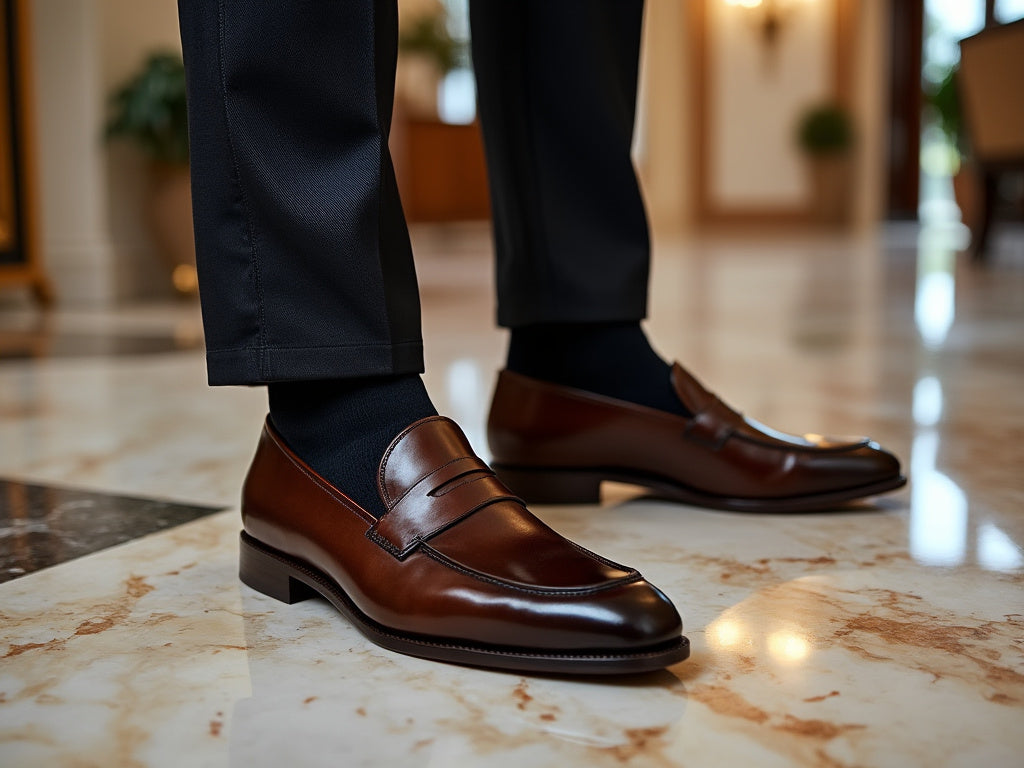
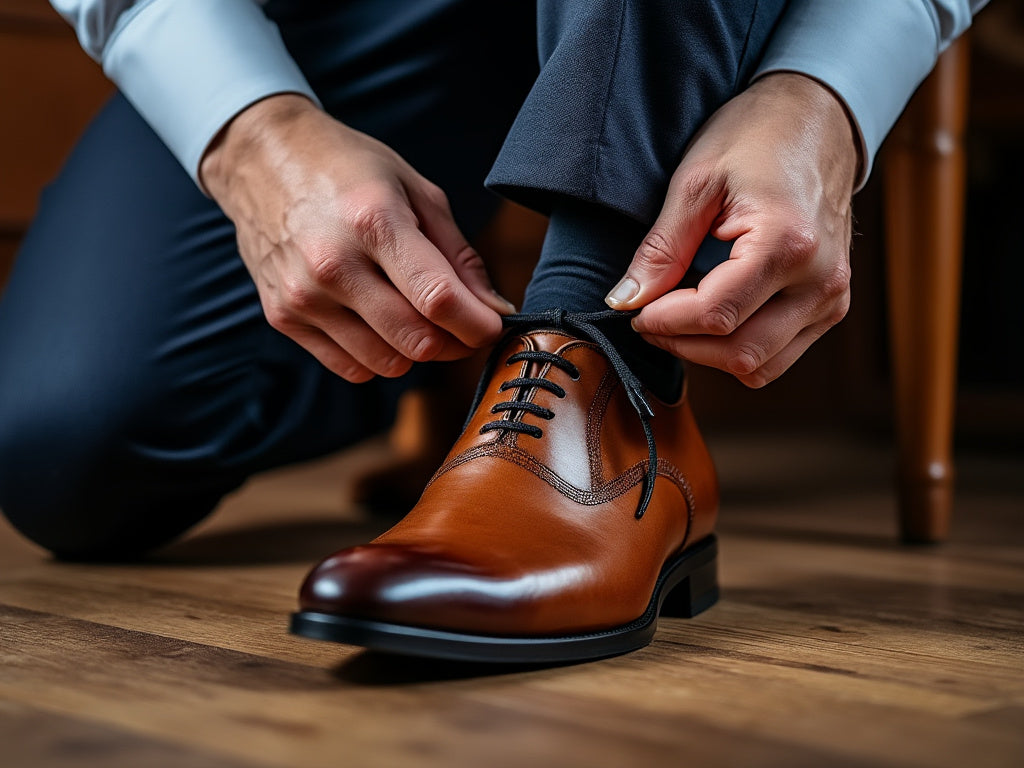
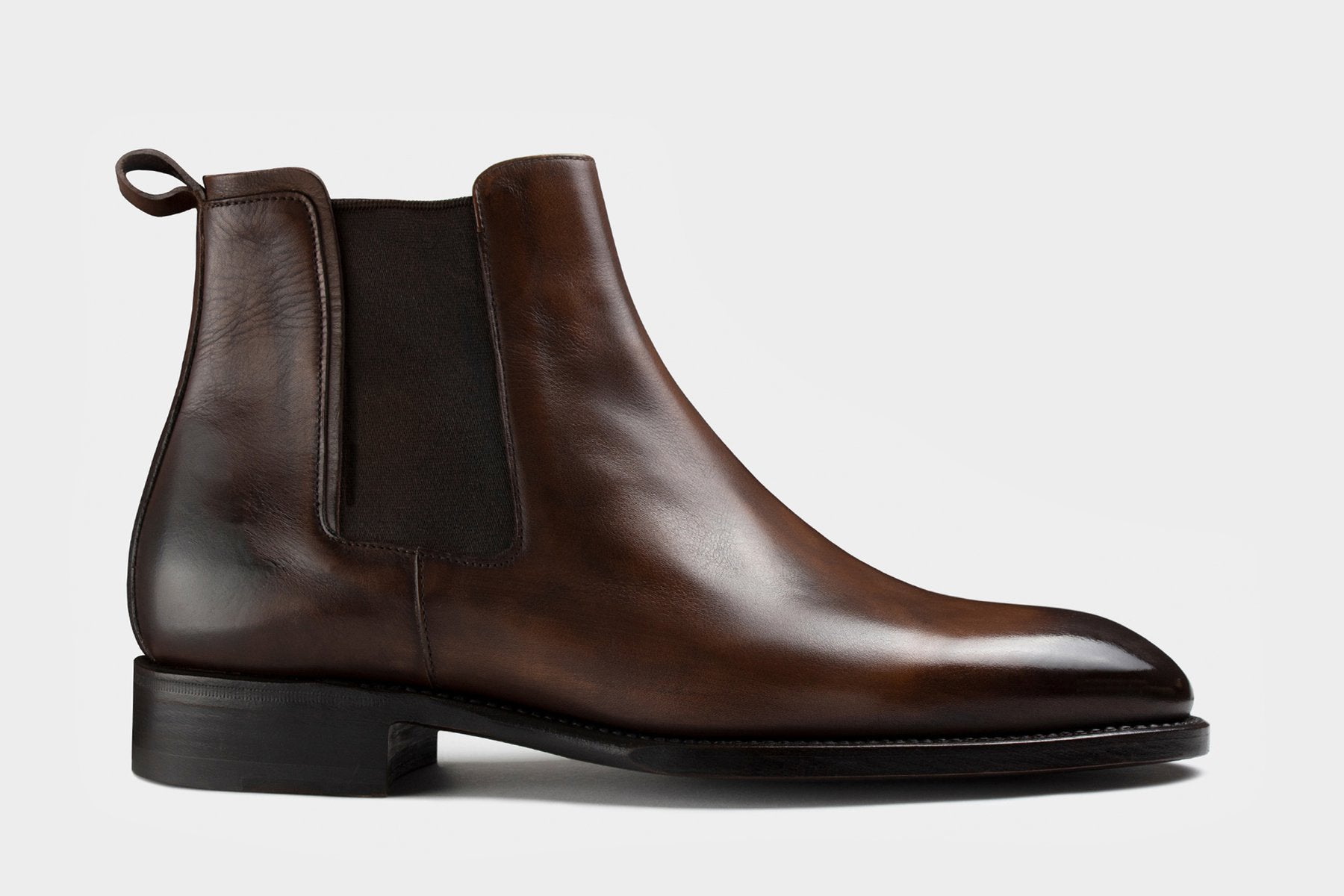
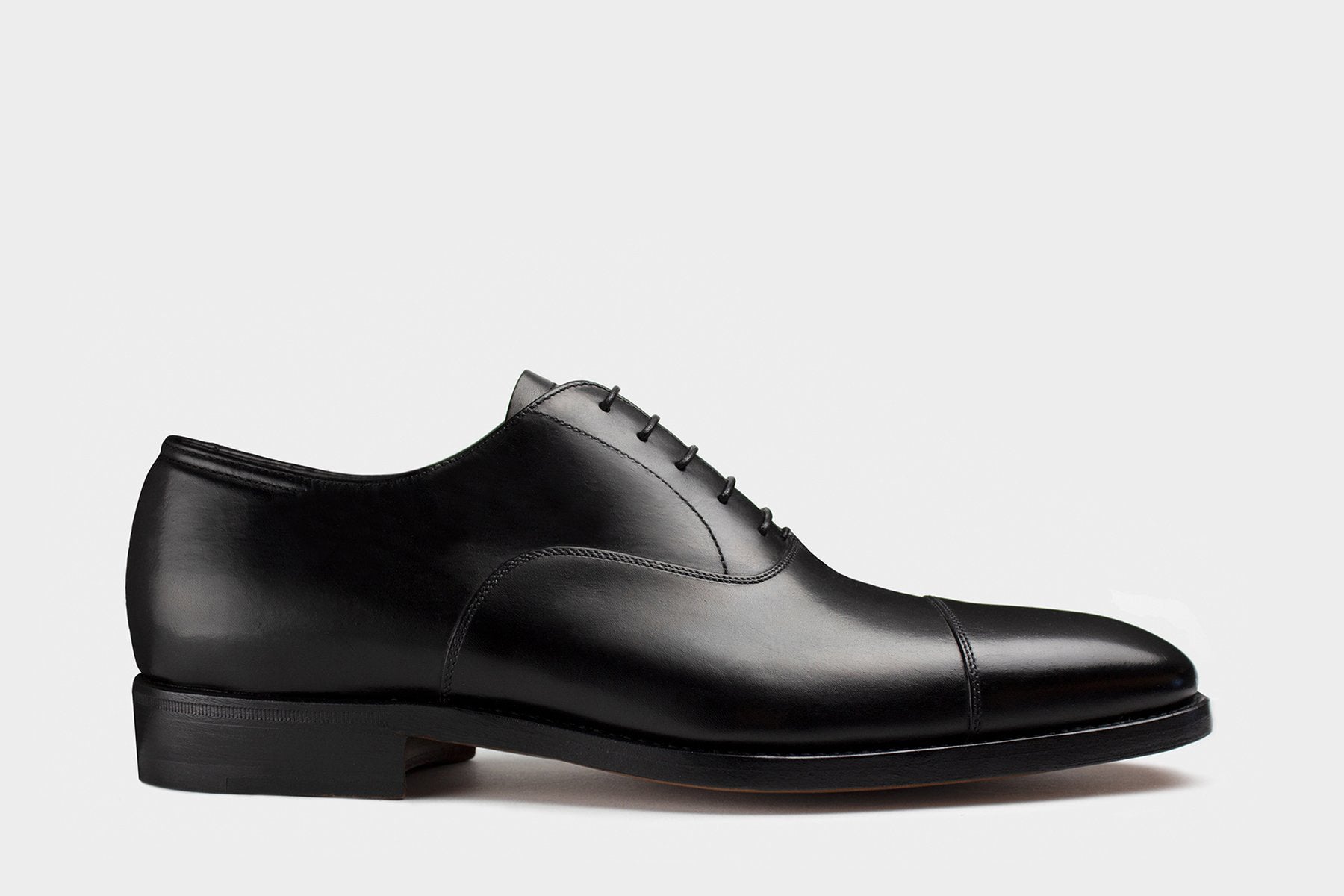
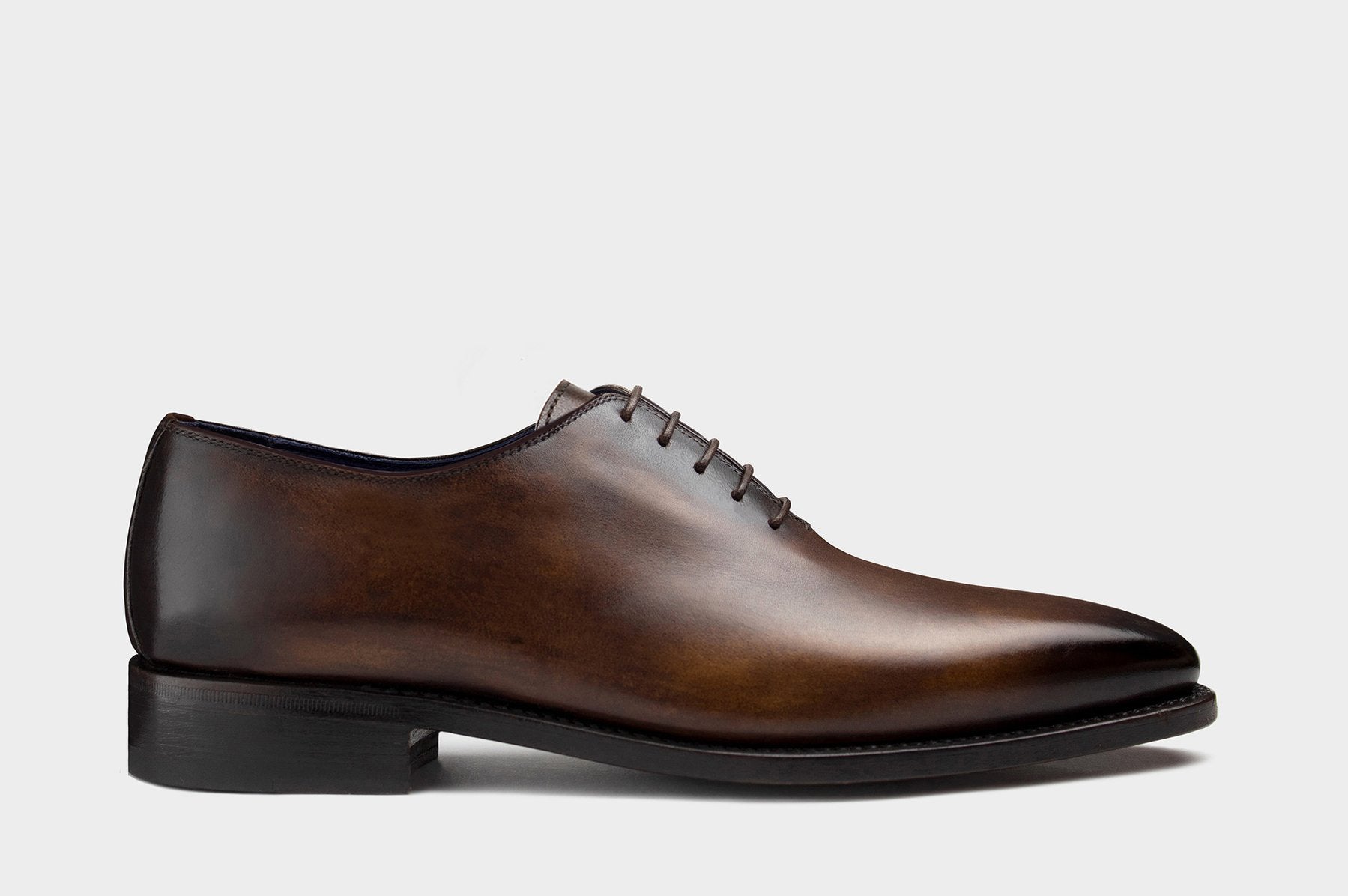
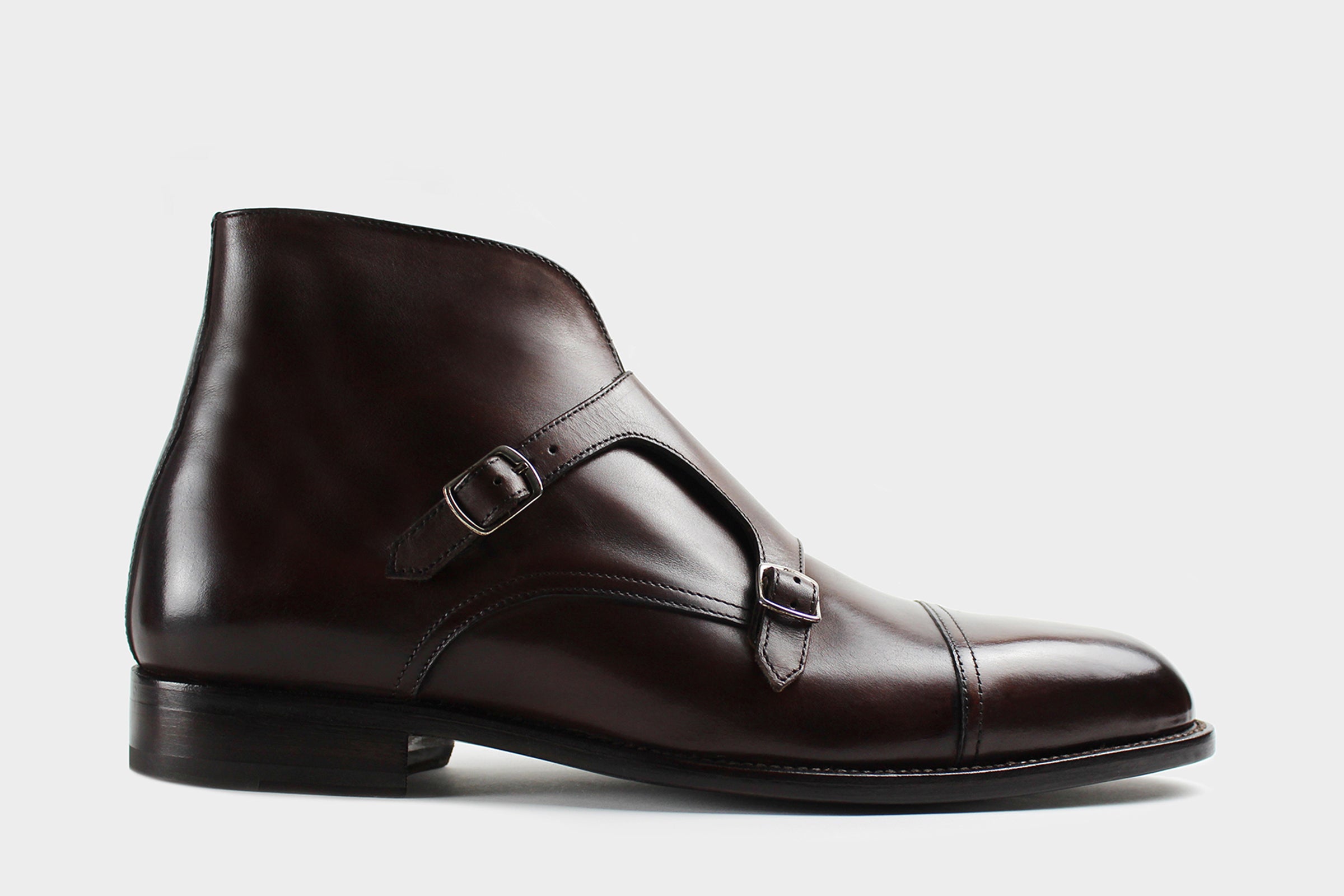
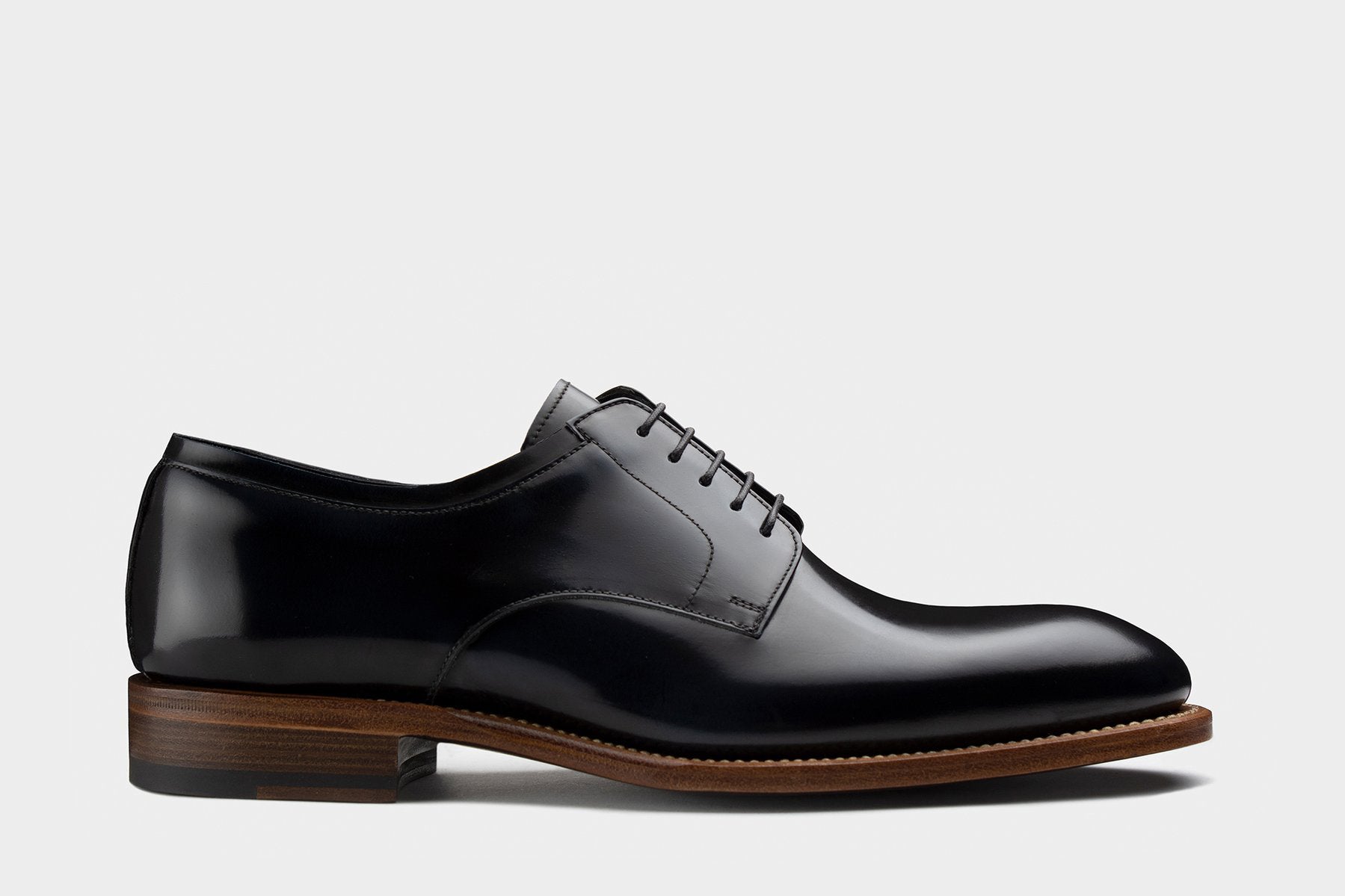
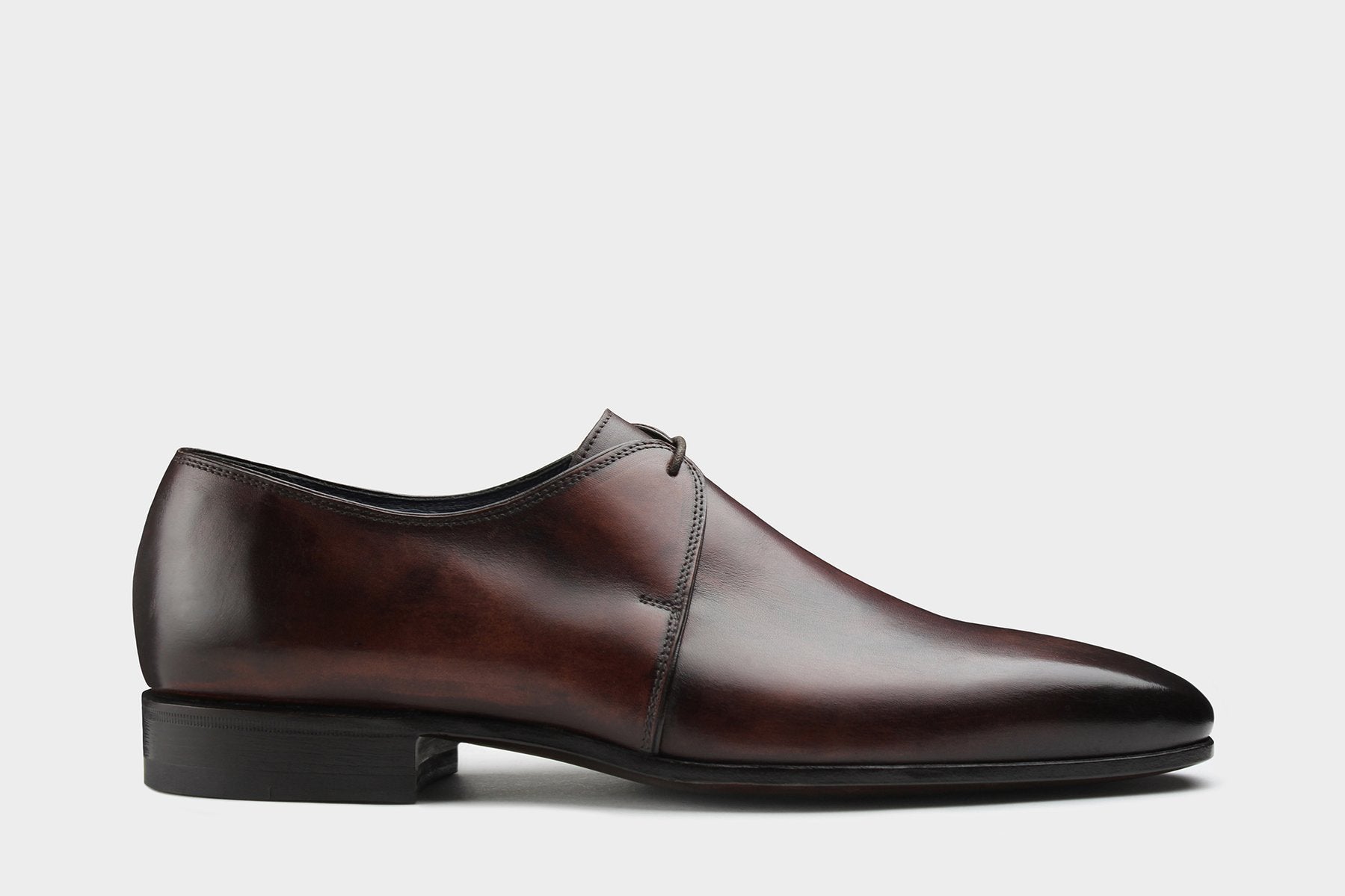
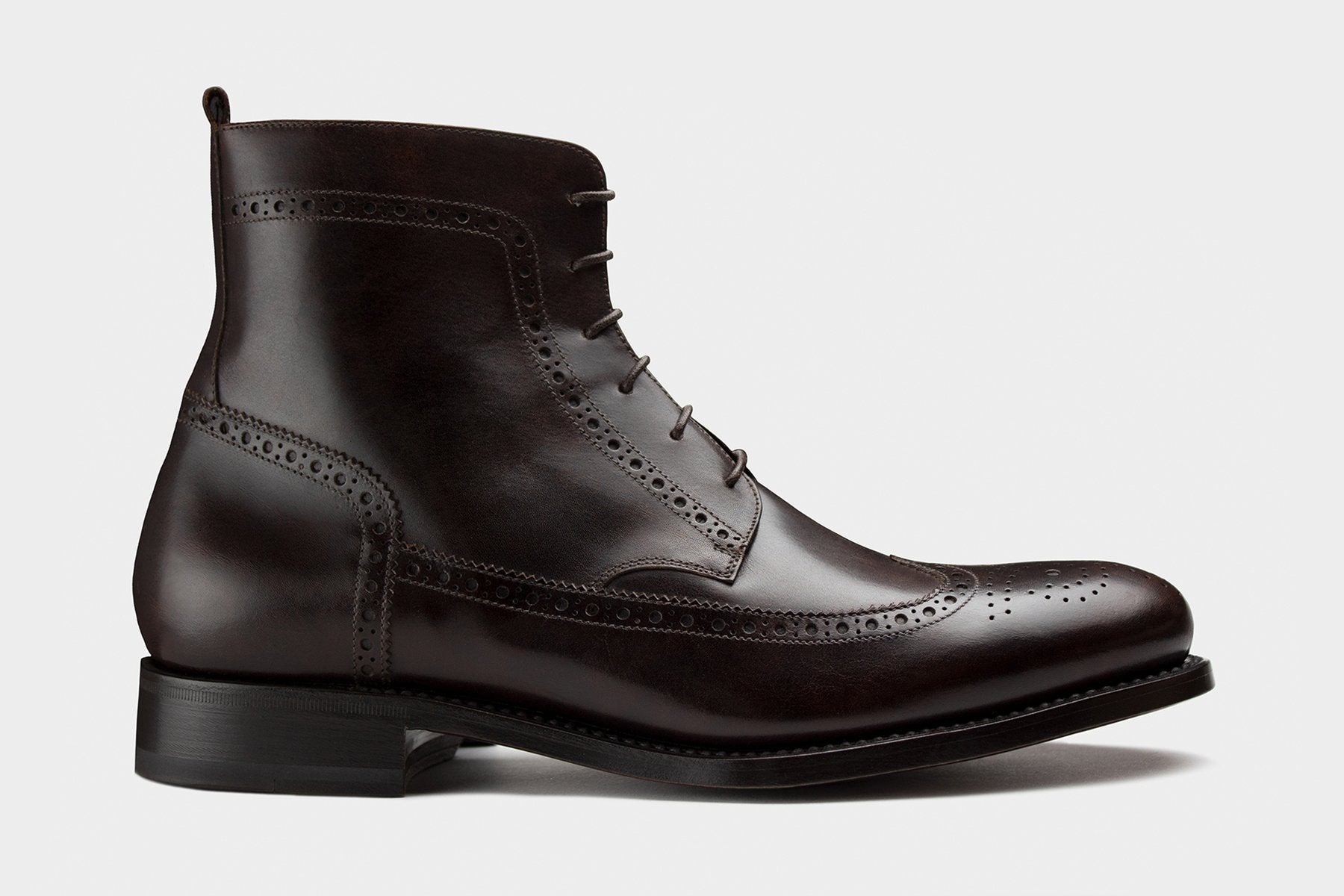
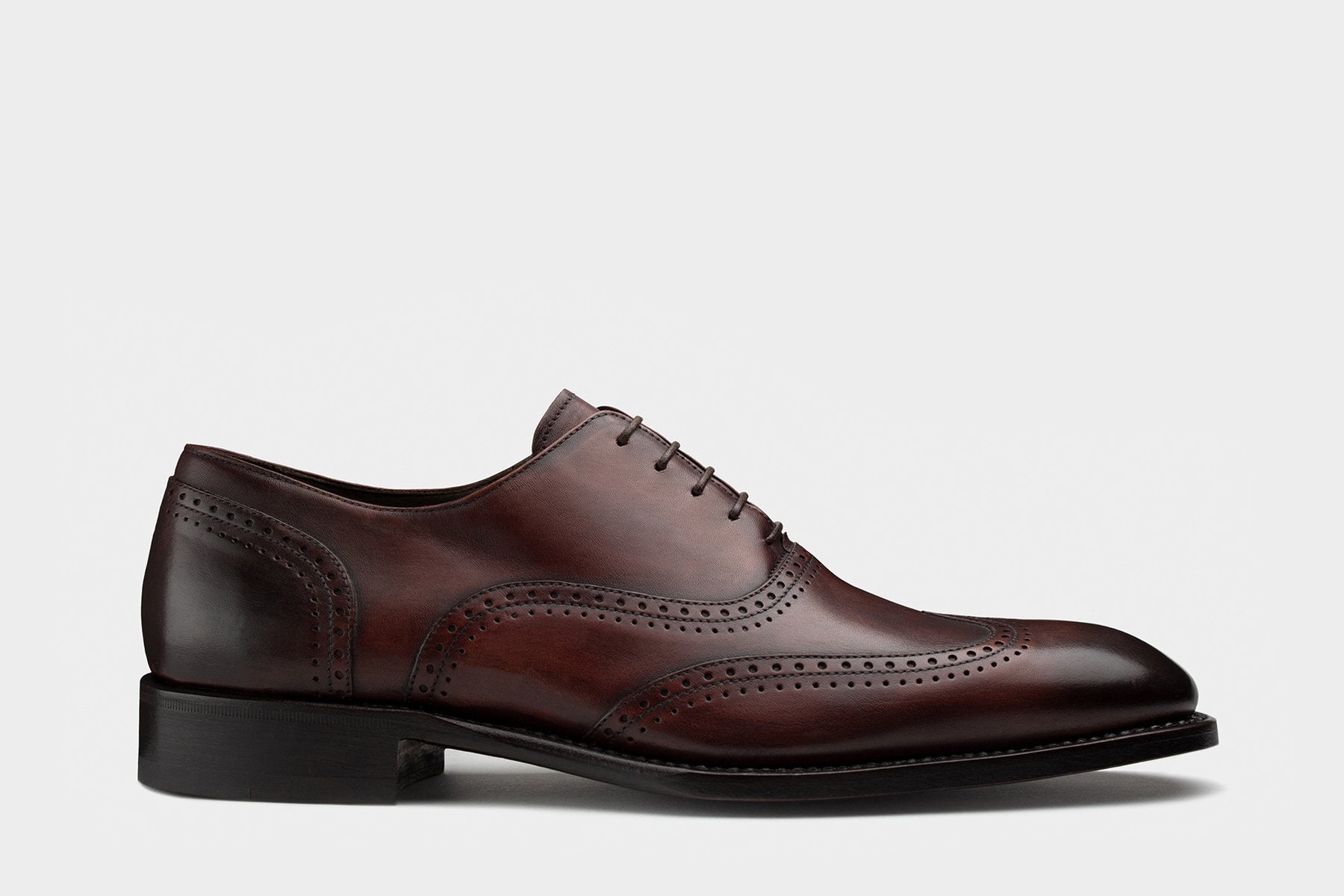
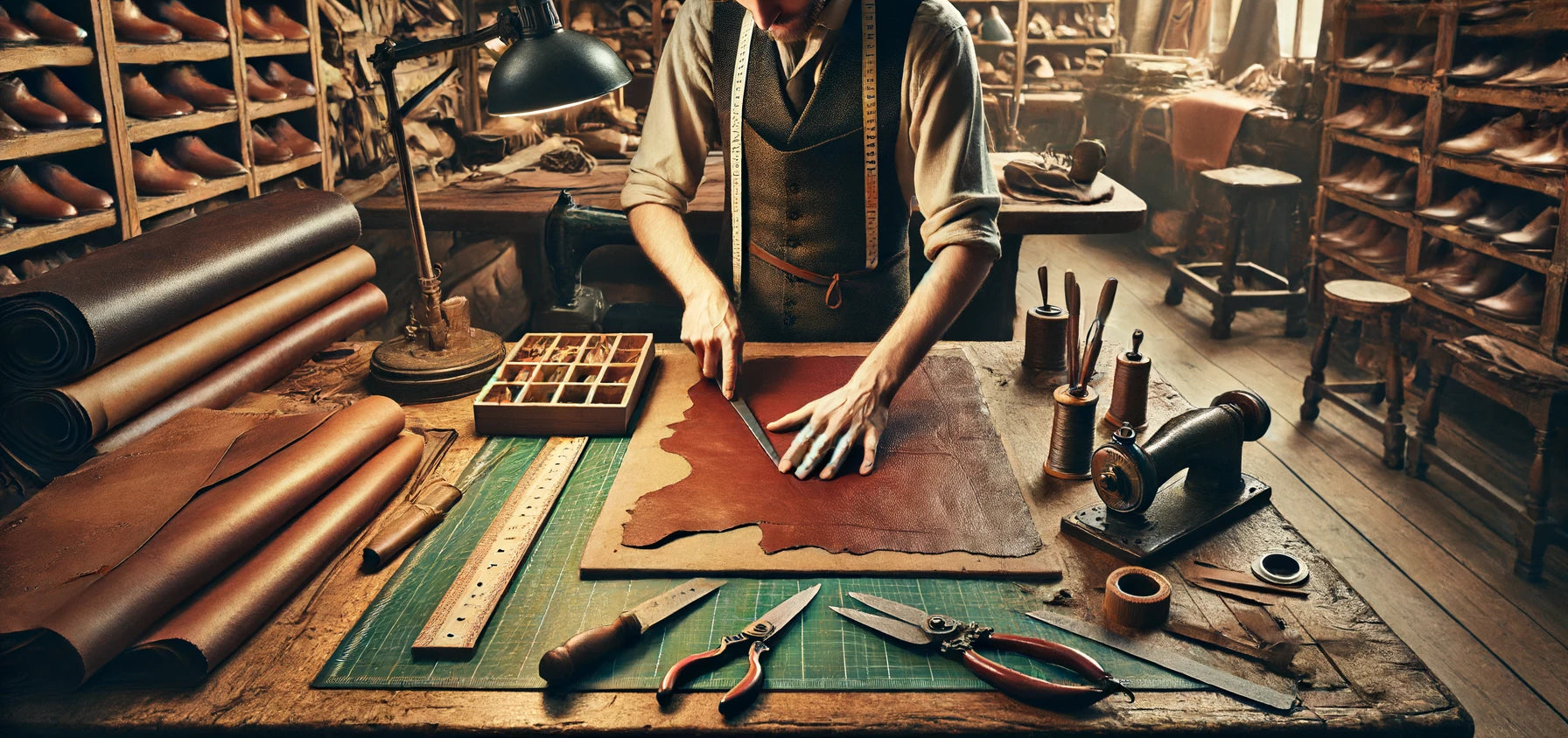
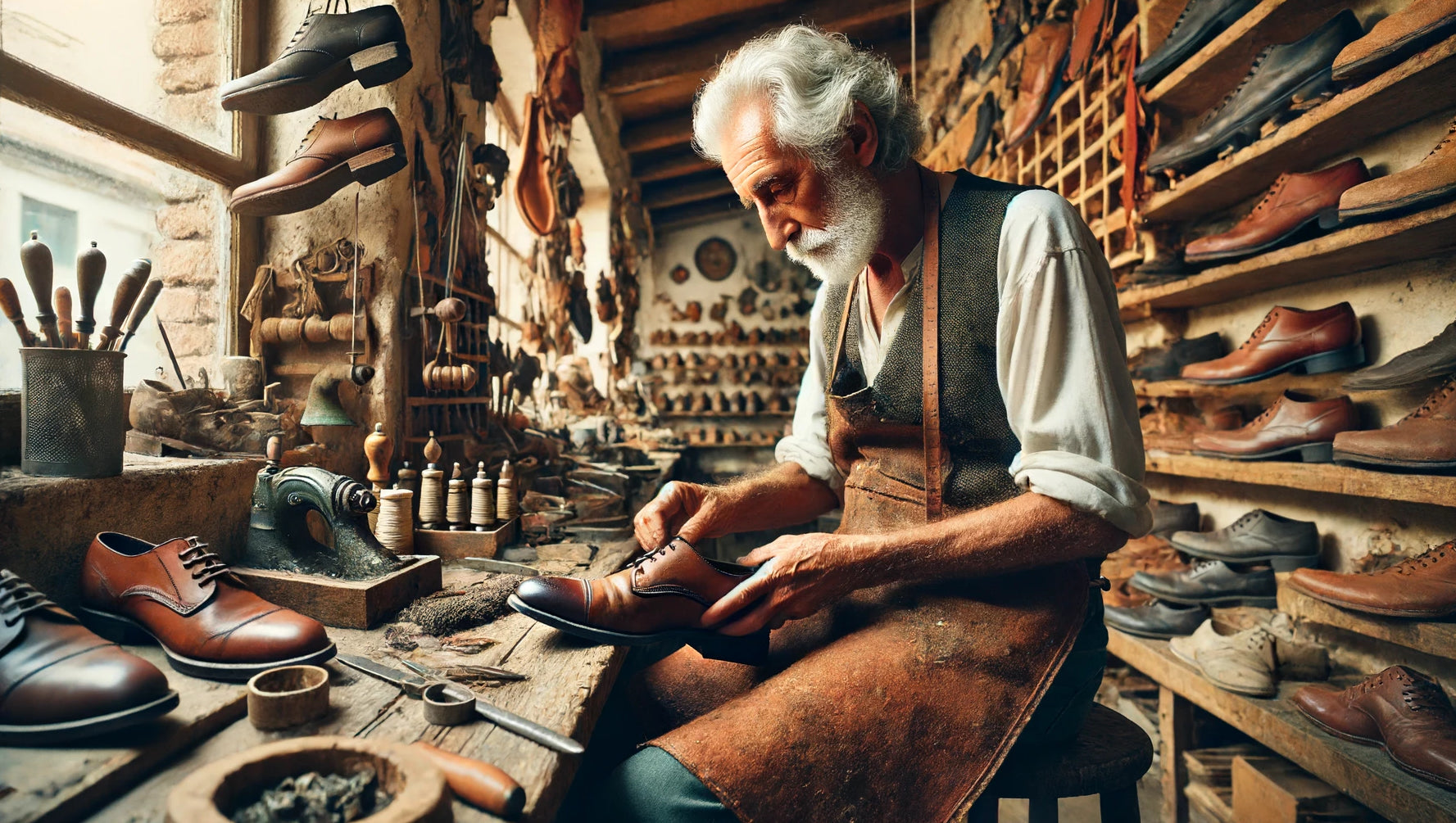
Leave a comment
This site is protected by hCaptcha and the hCaptcha Privacy Policy and Terms of Service apply.